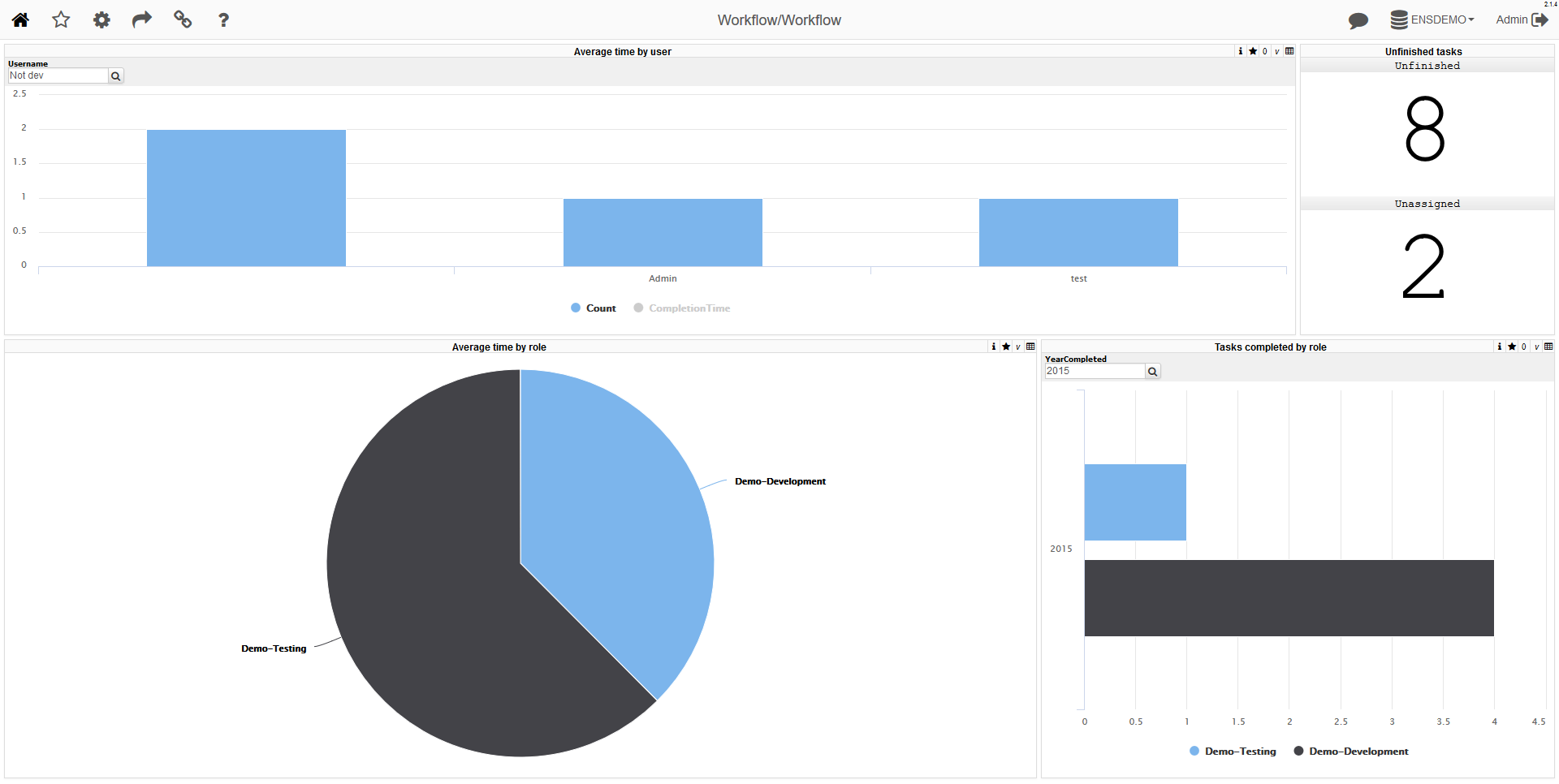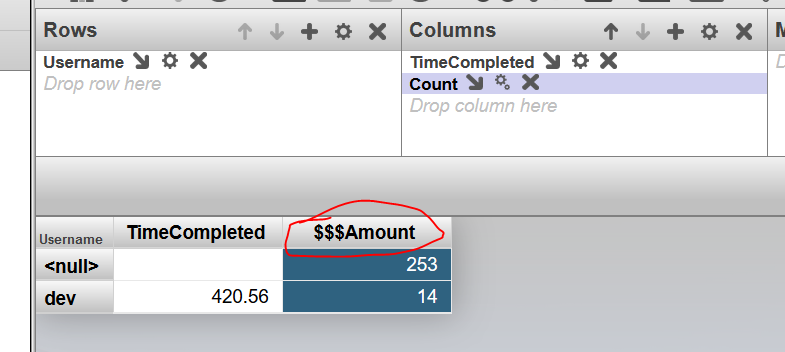InterSystems' iKnow technology allows you to identify the concepts in natural language texts and the relations that link them together. As that's still a fairly abstract definition, we produced this video to explain what that means in more detail. But when meeting with customers, what really counts is a compelling demonstration, on data that makes sense to them, so they understand the value in identifying these concepts over classic top-down approaches. That's why it's probably worth spending a few articles on some of the demo apps and tools we've built to work with iKnow.
In the first article in this series, we'll start with the Knowledge Portal, a simple query interface to explore the contents of your domain.


